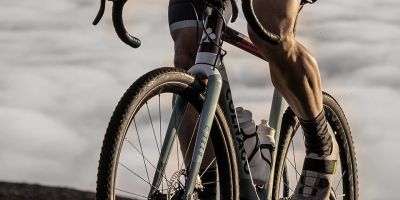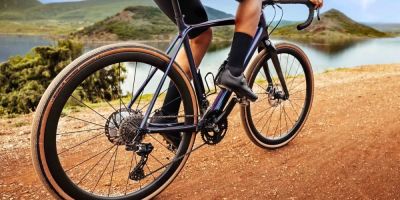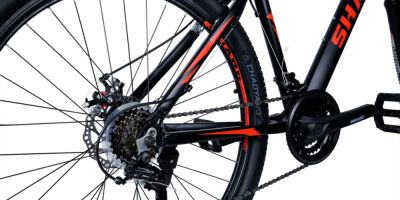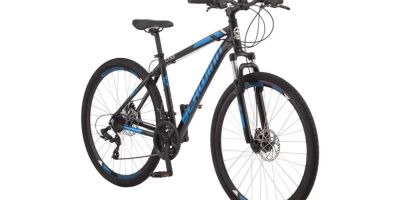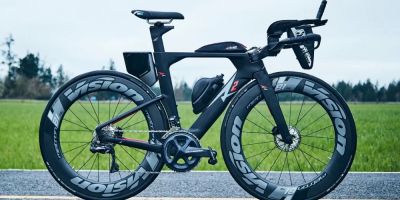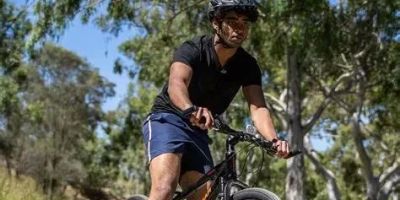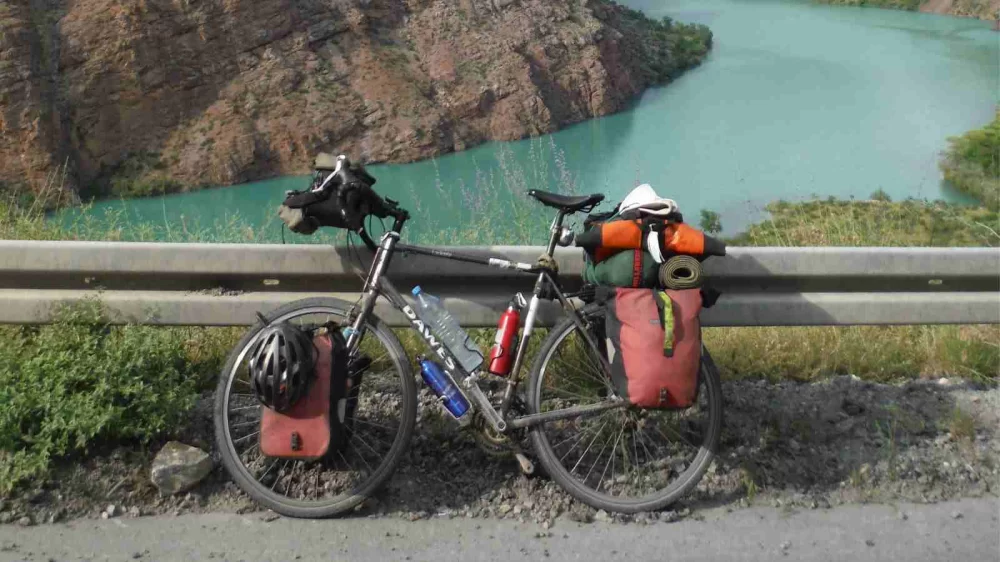
How to Get Your Bike Ready for Long-Distance Tours: A Complete Guide
Long-distance cycling tours are an exhilarating adventure, whether you're tackling a multi-day ride through rugged mountains or a peaceful country road. However, the key to a successful journey is ensuring your bike is prepared for the challenge. As someone who has embarked on several bike tours, I can tell you that preparation is everything. From maintaining your bike to packing the right gear, this guide will walk you through how to get your bike ready for the road ahead. Trust me, proper prep makes all the difference!
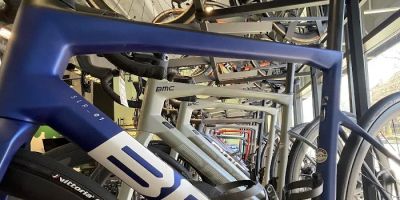
Conte's Bike Shop
3449 Wilson Blvd, Arlington, VA 22201, USA
1. Choosing the Right Bike for Long-Distance Touring
Before you even think about maintenance, it’s essential to start with the right bike. Not all bikes are built for long-distance touring, so choosing the best option is crucial for your comfort and success.
I’ve learned this lesson the hard way. On my first long-distance tour, I took an old mountain bike that wasn’t designed for road touring. After the first few days, I started experiencing back pain and sore wrists. It was a nightmare! Since then, I’ve always chosen touring bikes or hybrid bikes designed specifically for long-distance rides. These bikes offer more comfort, stability, and can carry the extra load you'll need for an extended tour.
When choosing a bike, consider the following:
- Comfortable geometry: Look for a bike with a relaxed geometry that allows you to ride for hours without discomfort.
- Frame material: Steel frames are durable and can handle heavy loads, while aluminum is lighter but might not be as robust for very long rides.
- Wheel size: A 700c wheel is common for road bikes and will work well for most tours, but consider larger tires for more stability on rougher terrain.
2. Performing a Full Bike Maintenance Check
Once you’ve got the right bike, it’s time to get it in top shape for the long journey. This step is non-negotiable—your bike must be in perfect working order before you hit the road. A breakdown in the middle of nowhere can be dangerous and frustrating.
Here’s the checklist I follow to ensure my bike is ready for a long-distance ride:
- Tires: Check for any punctures, cracks, or significant wear. I recommend using tires specifically designed for touring as they offer durability and comfort.
- Brakes: Ensure that the brakes are working smoothly. Clean and adjust them if needed, and replace brake pads that are worn down.
- Chain and gears: Lubricate the chain and check the gears. Make sure the bike shifts smoothly, as you'll need precision when shifting gears on varied terrain.
- Wheel alignment: Make sure your wheels are true and not out of alignment, as a wobbling wheel can affect the overall performance.
- Frame check: Inspect your bike’s frame for any signs of stress or cracks, especially if you’re using an older bike.
- Pedals and handlebars: Tighten the pedals and handlebars, ensuring that they are securely fastened and won’t come loose during your ride.
Every year, I dedicate an afternoon to performing this full check on my bike, ensuring it’s always ready for a tour. If you’re unsure about performing any of these checks, take your bike to a local bike shop for a professional tune-up.
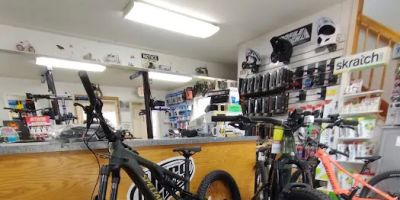
Bicycle Barn LLC
839 Reading Rd, East Earl, PA 17519, USA
3. Packing the Right Gear for Your Tour
A successful long-distance tour isn’t just about the bike. It's also about the gear you bring with you. Over the years, I’ve perfected my packing list, and I recommend that you bring only what’s necessary. Extra weight will slow you down, and packing too much can make your ride uncomfortable.
Here’s a list of the essentials I always bring:
- Water bottles or hydration system: Staying hydrated is crucial. I always carry two water bottles, and sometimes I use a hydration pack for easy access to water while riding.
- Repair kit: You never know when you’ll need it. I always pack a puncture repair kit, spare tubes, tire levers, and a mini pump. I also carry a multitool for quick fixes on the road.
- Bike lock: You’ll likely stop in towns or villages along the way, so having a solid bike lock is a must to keep your bike secure.
- Clothing: I recommend packing breathable, moisture-wicking clothing that will keep you comfortable on hot days. I also carry a lightweight jacket for chilly evenings or rain showers.
- Camping gear (if applicable): If your tour includes camping, pack a lightweight tent, sleeping bag, and a small stove for cooking meals.
While it’s tempting to over-pack, I learned to prioritize lightweight, high-quality gear. For instance, a compact tent and sleeping bag can save you a ton of space without compromising on comfort.
4. Test Ride and Adjustments
Once your bike is prepared and your gear is packed, it’s time for a test ride. This is an essential step to ensure everything is in place and comfortable. I recommend doing a few short rides, gradually increasing the distance, to check for any issues with your bike or gear.
On my first big tour, I didn’t do a proper test ride, and I ended up with a sore back from an incorrectly adjusted saddle. After that, I always make sure to fine-tune my saddle, handlebars, and brake positioning before embarking on any long journey.
5. Riding Tips for Long-Distance Tours
As you embark on your journey, there are a few riding tips that will help you avoid common pitfalls and ensure that you’re as comfortable as possible:
- Don’t rush: Pace yourself. It’s tempting to ride fast, but slow and steady will ensure you conserve energy for the long haul.
- Take regular breaks: Stop every 30 minutes to stretch and hydrate. This will help you avoid cramps and fatigue.
- Be mindful of your diet: Carry high-energy snacks like nuts, fruits, or granola bars to keep your energy levels up.
- Listen to your body: If something hurts, don’t push through the pain. Take a break, make adjustments, and if necessary, visit a professional for advice.
During one of my tours through the Alps, I made the mistake of not resting enough, and by the end of the first day, my legs felt like jelly! Since then, I’ve always kept a steady pace, taken regular breaks, and made sure my body stays fueled.
6. Keeping Your Bike Safe on the Road
While you’re out on the road, safety is paramount. Make sure your bike is visible, especially when riding in low-light conditions. I use reflective tape on my wheels and wear bright clothing to ensure that I’m always visible to drivers.
Also, don’t forget to check your bike every day for any loose parts or wear and tear that might occur during your ride. Regular maintenance during the tour will prevent minor issues from becoming major problems.

